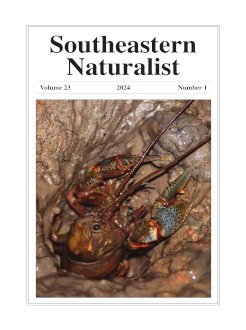Communal roosts are essential landscape features for many bird species and represent opportunities for population monitoring and management. I used a fixed-wing aircraft to survey a network of night roosts in coastal North Carolina used by Nannopterum auritum (Double-crested Cormorant) during the nonbreeding seasons of 2019–2021 to estimate population size and to characterize habitats used for roosting. Cormorant numbers peaked around 145,000–195,000 during southward migration, reached a low of 44,000–46,000 in winter, and then increased to 55,000–77,000 during northward migration, suggesting that the study area may serve primarily as a migratory staging site for most of those birds. Cormorants roosted on the ground on sandy islands (n = 8), intertidal sand bars (n = 11), and barrier beaches (n = 5). Sandy islands had the highest consistency (71%) and overall use accounting for 56% of roosting activity. Sand bars were used more consistently than barrier beaches (52% vs 33%) but accounted for less activity (16% vs 28%). Cormorants roosted on sand bars primarily during periods when high tide was <0.15 m and on barrier beaches when vehicles were not using the beach. The size of roosting groups varied dramatically from 12 to >93,000 with a median of 1005, and the distribution of group sizes (n = 114) was highly skewed to smaller groups, with 45 of <500 birds, 21 of >10,000 birds, 11 of >20,000 birds, and 4 of >40,000 birds. Group size varied between substrate types, with beaches supporting the largest median group size (8250 individuals) compared to sandy islands (1850) and sand bars (457). Coastal North Carolina supports a large number of Double-crested Cormorants during the nonbreeding season. Cormorants roost on open sandy areas that are isolated from ground predators and free from human and tidal disturbance.
How to translate text using browser tools
18 March 2024
Night Roosts of Double-Crested Cormorants in Coastal North Carolina
Bryan D. Watts
ACCESS THE FULL ARTICLE

Southeastern Naturalist
Vol. 23 • No. 1
March 2024
Vol. 23 • No. 1
March 2024




